Looking to breathe better with help from plants? We all need air purifying plants! These indoor plants that clean the air and remove toxins are the best!
1. Aloe Vera Plant.
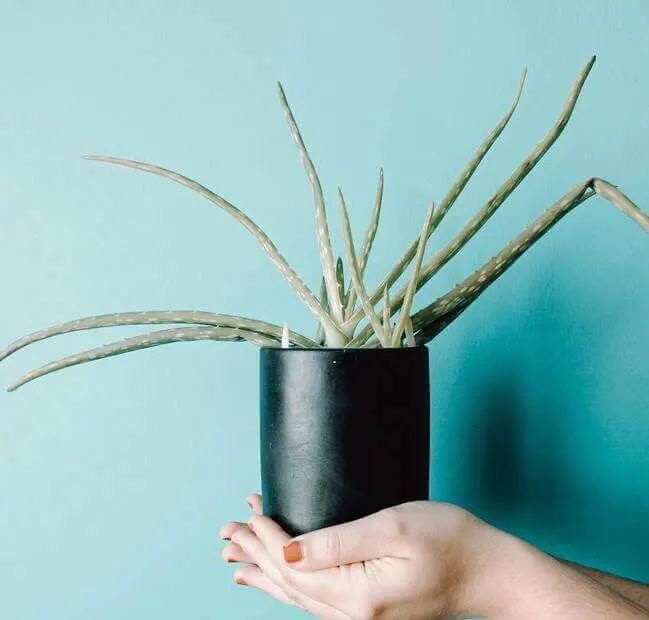
This incredibly simple-to-grow, sun-loving plant helps to remove formaldehyde and benzene, which can be a by-product of cleaning products, paints, and more.
Also known as a succulent, aloe plants get the job done for bringing wellness into your home as they require very little maintenance but it’s important to water them generously every few weeks. If your aloe plant is getting too much water, then it will rot, so be careful.
They’re best kept in indirect sunlight close to a windowsill on the east side of your home. They excel best at room temperatures between 55 and 80 degrees Fahrenheit.
On top of its simplicity and air-purifying abilities, the aloe plant has medicinal properties to help soothe your skin.
2. Snake Plant.
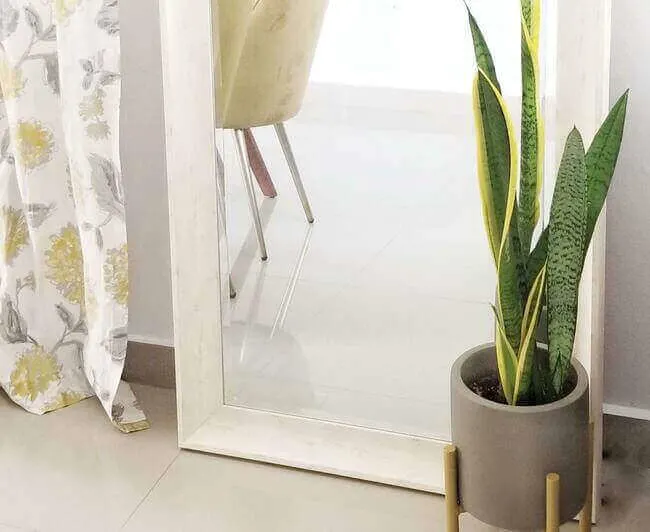
Contrary to the name, this one won’t bite! As you may have guessed, the snake plant gets its name for its long leaves that somewhat resemble snakes.
Similar to other home plants, snake plants help recycle indoor air really well but what is unusual about this type of plant is that it is one of the very few plants that can turn carbon dioxide ( CO2) into oxygen at night.
And if you are the kind of person who always forgets to water your plants, then this is the plant for you. This plant is a perfect way to fill a corner and hide bare walls and needs very minimal maintenance.
Snake plants only require little sunlight and can survive for weeks without water.
3. Cacti.
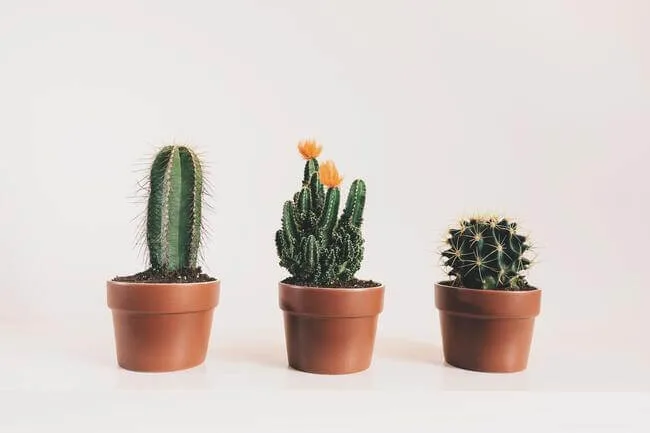
Cacti’s may be prickly, but they sure are pretty and can do wonders for your health at home. The cacti plant will work wonders for your home’s air quality because it does wonders at absorbing tons of bacteria and carbon monoxide al while releasing plenty of oxygen.
Nearly all cacti plants have the same air-purifying abilities, so your choice of cactus comes down to your own pragmatic concerns and personal unique taste. For a quick rundown on how to care for any cacti plant, take a look at these tips at dwell.com.
4. Chrysanthemum Plant.
-
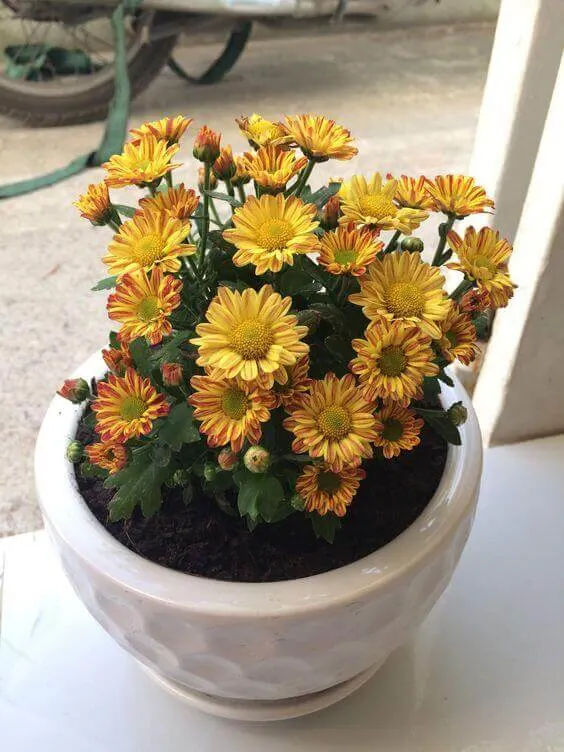
- Pinterest // Chrysanthemum indoor plant
Chrysanthemums are some of the most beautiful flowers in the world, and what a lot of people don’t realize is they can be easily grown indoors. These flowers also do a great job at absorbing ammonia and many other toxins, so they’re a great choice for any home.
Since chrysanthemums come in a variety of colors and patterns, you’re sure to find a variety that suits your style. Be forewarned though, as chrysanthemums may be toxic to your pets, so if you have a curious dog or cat, then it’s best to keep these flowers out of their grasp.
5. Boston Fern.
-
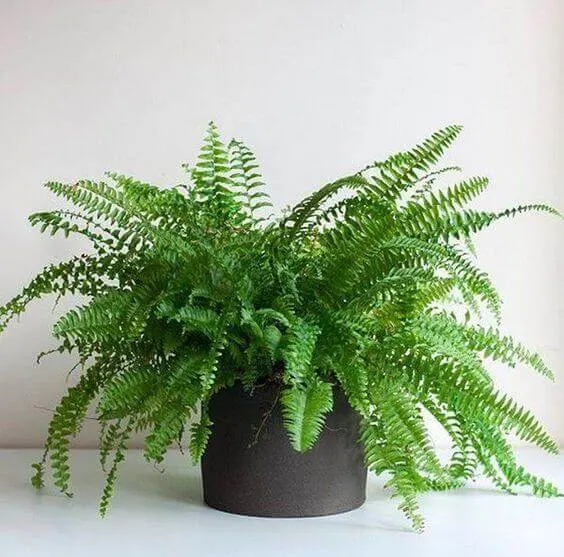
- Instagram @dorandtan // Boston fern indoor plant
This unique plant complements any room or style of décor, so they’re an awesome choice for anyone who needs to spice up their home. On top of that, they’re one of the best plants that do a wonderful job of regulating your home’s humidity.
Boston ferns are pretty easy to take care of as well, but it pays to be informed. For an in-depth look at how to grow happy, healthy Boston ferns, check out this handy guide over at thespruce.com.
6. Spider Plant.
-
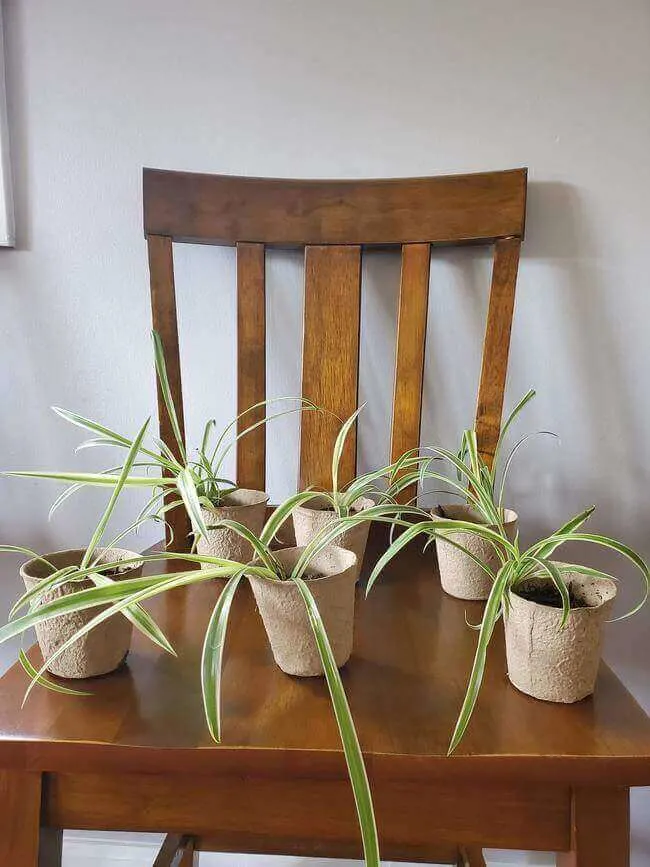
- CamzPlants // etsy
You’ve probably seen spider plants everywhere, and there’s a good reason for that. Spider plants are extremely easy to take care of, and they’re great at filtering formaldehyde, and other harmful toxins, all while producing plentiful oxygen for your home.
Spider plants thrive in indirect sunlight, so don’t put them right in front of a windowsill. They prefer cooler temperatures as well and for the best results, you should occasionally replace their soil to keep them healthy.
7. Pineapple Plant.
-
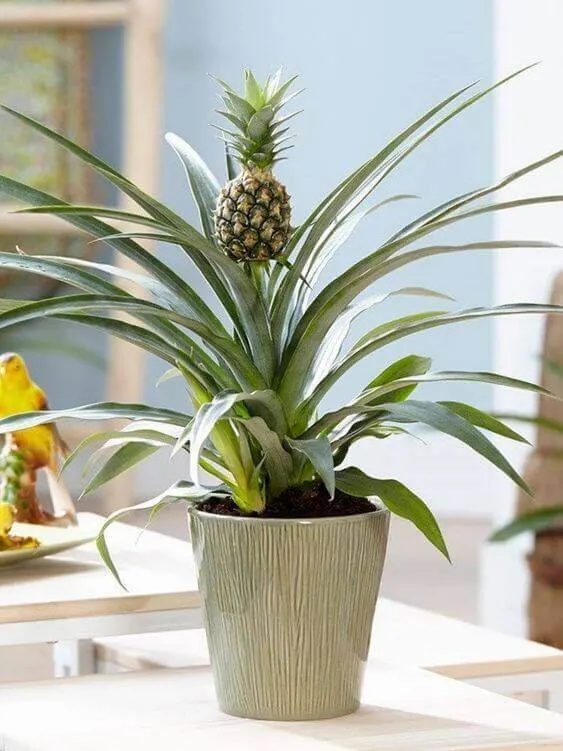
- rover.ebay.com // pineapple plant
Not only are pineapples fun, but they’re also super easy to grow on your own. You don’t even need to wait for a seed to sprout. Just go to a grocery store, eat the fruit, and plant the leafy part.
While indoor pineapple plants don’t produce large pineapples, they’re still very beautiful, and they work wonders for your air quality. To better understand how to grow and care for your pineapple plants, check out this comprehensive guide at modandmint.com.
8. Chinese Evergreen.
-
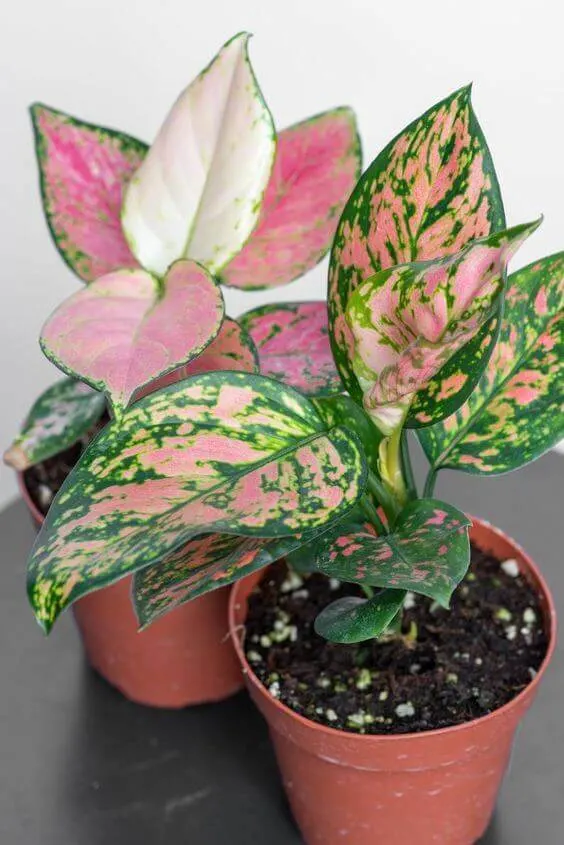
- etsy.com // Chinese Evergreen
Chinese evergreens have a simplistic elegance that is unmatched by most houseplants. Furthermore, they’re extremely easy to manage because you just have to avoid overwatering them or letting them bake in direct sunlight.
Like chrysanthemums, Chinese evergreens are slightly toxic to pets, so try to keep that in mind when finding a spot for this houseplant. Luckily, they only need small pots, and you can place them almost anywhere.
9. Rubber Tree.
-
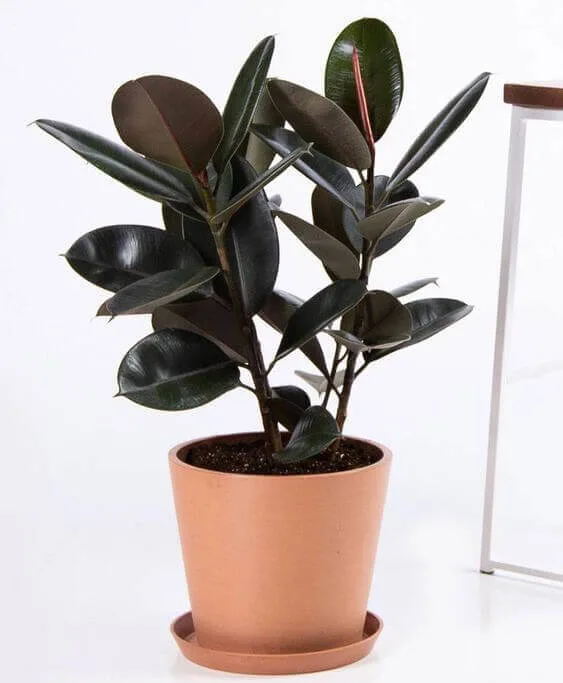
- elledecor.com // Burgundy Rubber Tree
Rubber trees are renowned for their slender height and beautiful green leaves. These plants grow very tall, so it’s best to put them in a corner with plenty of vertical space.
These plants are quite easy to take care of, but there are some minor caveats such as room temperature and pot size, so take a look at thesill.com to make sure that you’re taking proper care of your rubber tree.
10. English Ivy.
-
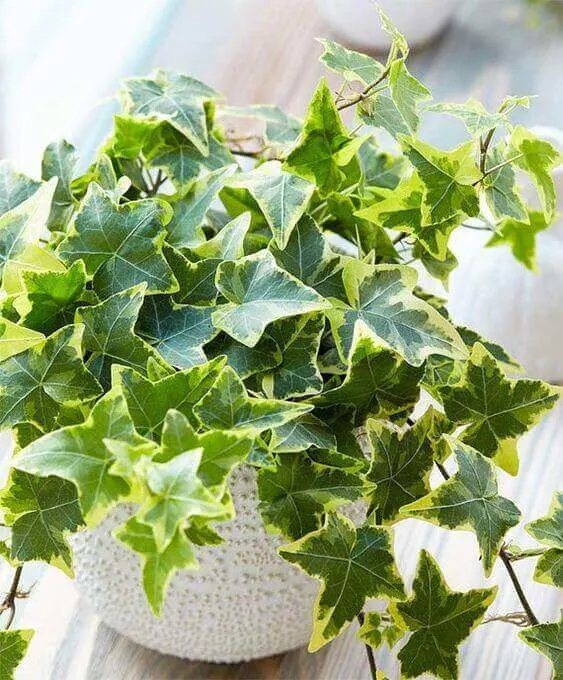
- etsy.com // English ivy trailing vine
English ivy is an iconic plant that gives off strong aristocratic vibes and you’ve likely seen English ivy creeping along all sides of many brick buildings and stone manors, making this plant a fun plant to grow!
With that in mind, it’s important to regularly check on your English ivy plant to make sure that it’s not latching onto your walls. Nonetheless, this plant is great for your home’s air quality, but you probably don’t want it to cover your home’s entire interior.
